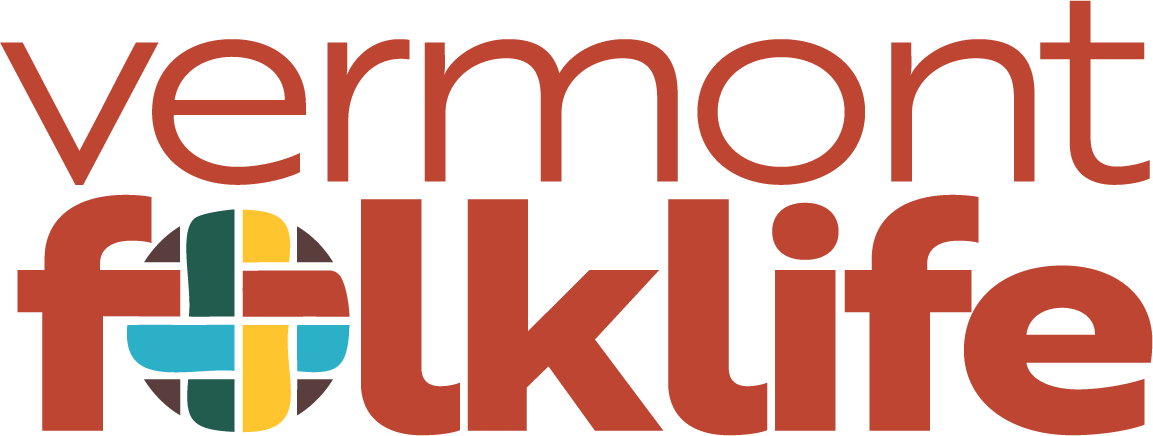Did You Know? - Music of Childhood
The Vermont Folklife archive is full of amazing first-person accounts of everyday life in Vermont and New England–past and present. In our current Did You Know series, we give you a taste of the range of music in our collections–and perhaps a little insight into aspects of Vermont’s broader musical soundscape. (Check out our earlier episodes: Songs of Loss and Longing and Communities of Song.)
In this episode we feature songs and music for children. Across cultures, we use music with children to soothe, to celebrate, to instruct, or to just have fun. This month, we'll hear a lullaby from China, songs that a Sundanese family sings to their infant son, and Tibetan music that accompanies children's games.
Many of these recordings were made as a part of our New Neighbors Music Project and recorded by our partner, Mark Greenberg–whose voice you’ll hear throughout. Mark is an educator, writer, musician, media producer and, most importantly for the New Neighbor’s music project, a highly skilled and experienced music field recordist. Mark served as the primary fieldworker for the project and documented the music of Vermonters of immigrant and refugee backgrounds across the state in the early 2000s.
Mark interviewed Lisa Yasner in 2007 for Vermont Folklife. Originally from China, Lisa has been playing traditional Chinese music on the guzheng since she was 6 years old. At age 14, Lisa moved to Vermont, and has been playing on and off since then. During the interview, Lisa mentioned that her mother, Hong Yo, had been a singer and ballet dancer in China, so Mark asked her to sing a song. Here, Hong Yo sings a Chinese lullaby.
Next, we hear Lisa playing "Fisherman on the Lake" on the guzheng. She explains that this is a standard tune that all guzheng players learn when they are first starting out on the instrument.
***
Yohanna Adenti and his wife Omaima arrived in Vermont from Sudan in 2005 as refugees to escape the violence of civil war. In 2007, Maria Schumann and Mark Greenberg interviewed and recorded them. First, we hear Omaima singing a song she sings to her infant son.
When asked if they had any other songs they sing to a baby, Yohanna sang this song that he sings to his son.
[Singing]
Yohanna: I know that when the baby want to sleep, we sing it to him, [laughs, talking with Omaima]. Yeah, it's meaning that baby sleep, when you sleep and you find Mommy's coming soon. And if you sweet, you can eat. Yeah.
Our friend, colleague, and VT Folklife board member Migmar Tsering, an accomplished musician, dancer, and player of the Tibetan dranyen, is always willing to share his music with us along with descriptions of cultural life in Tibet. Here, he plays and sings the music for a traditional children's game from his village in Tibet. In 2013, Mark Greenberg and current VT Folklife Director of Education Mary Wesley visited Migmar in South Burlington to record some of his songs.
Migmar: This song is from my village. The youngsters, after a very hard work, you know, a day's hard work, they used to get together with their dranyens and then play with each of them. So, this is a very energetic folk song.
[Migmar playing dranyen]
Thank you [laughs].
Mark: So you said that was a dance?
Migmar: Yeah, they used to, 3 or 4, with their guitar, will stand and play together. And the boys, line by line, keep one finger on the floor, right up, then they'll do like this. Back flip.
Mark: Bend over backwards, like doing limbo.
Migmar: And then get the cigarette. If you can get it, it's your's.
Mark: Backwards? You have to hunch backwards to get it?
Migmar: Yeah, full back. Strange ways! [Laughs] Then like this also.
Mary: All the way down.
Mark: Is that an old dance?
Migmar: Yeah!
Mary: You said it's from your village; what's the name of your village?
Migmar: It's in the U-Tsang region of Tibet, very remote. It's called Langkhor. [Laughs]
We're grateful to all our featured singers for their willingness to share a part of their culture with us through their music. In July and August, we'll feature music used for social dance, with examples from Somalia, Finland, Ghana, Bosnia, Québec, and right here in Vermont.


